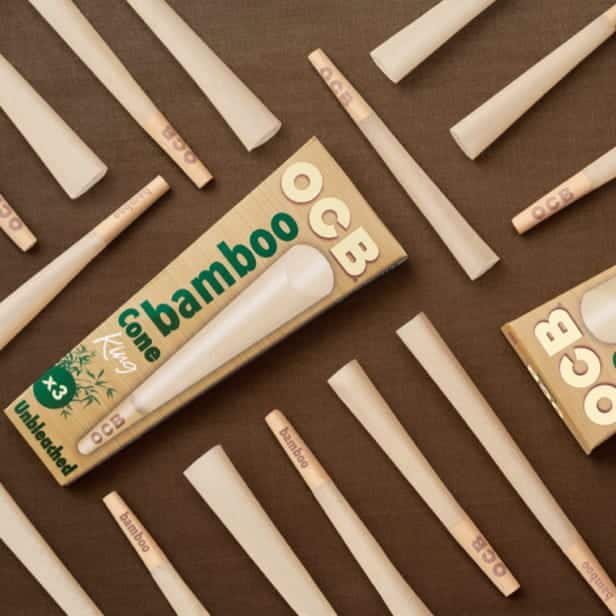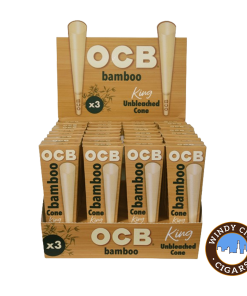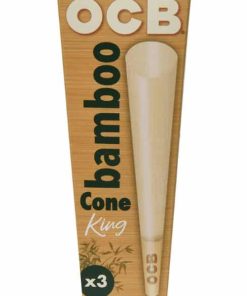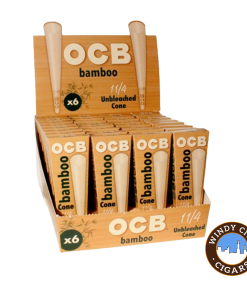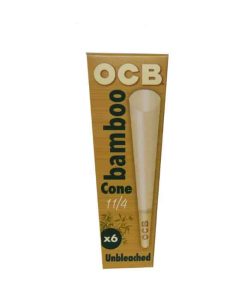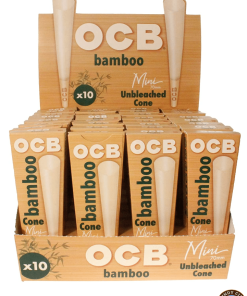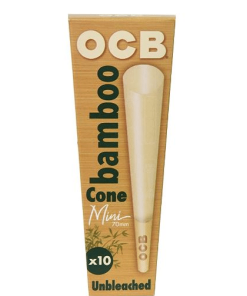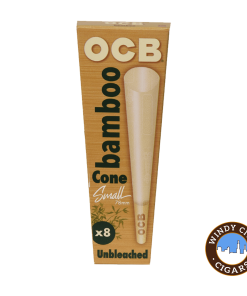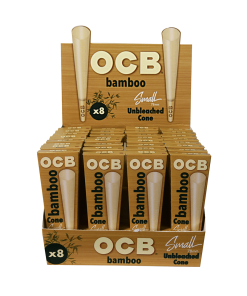RYO LifeStyle Blog
OCB Bamboo Cones
Cannabis is more widespread and widely tolerated than ever before in today’s modern civilization. With that, both seasoned smokers and newbies alike enjoy the ceremonial aspects of sharing a joint with friends.
Nevertheless, some elements in pre-roll production frequently get missed, making it difficult to create a uniform, optimum finished product. From the flower to the paper, it’s not just the elements that make a cannabis joint work; the joint’s construction is just as important.
This article will tackle everything there is to know about OCB Bamboo Pre-Rolled Cones.
What Are Pre-Rolled Cones?

Pre-rolled cones are cannabis sheets that have already been rolled and are ready to use, as the name implies. A “trim” is the base of a pre-roll, and it contains a mixture of buds and bits of leaf from the cannabis plant. Individual preferences may dictate whether the trim gets rolled into a cone or another shape.
As per one cannabis business news source, roughly 492.8 million pre-rolls were purchased in the United States and Canada in 2018, translating to a $985 million sales volume supposing that the average wholesale price of a pre-roll is $2.
Why Use Pre-Rolled Cones?
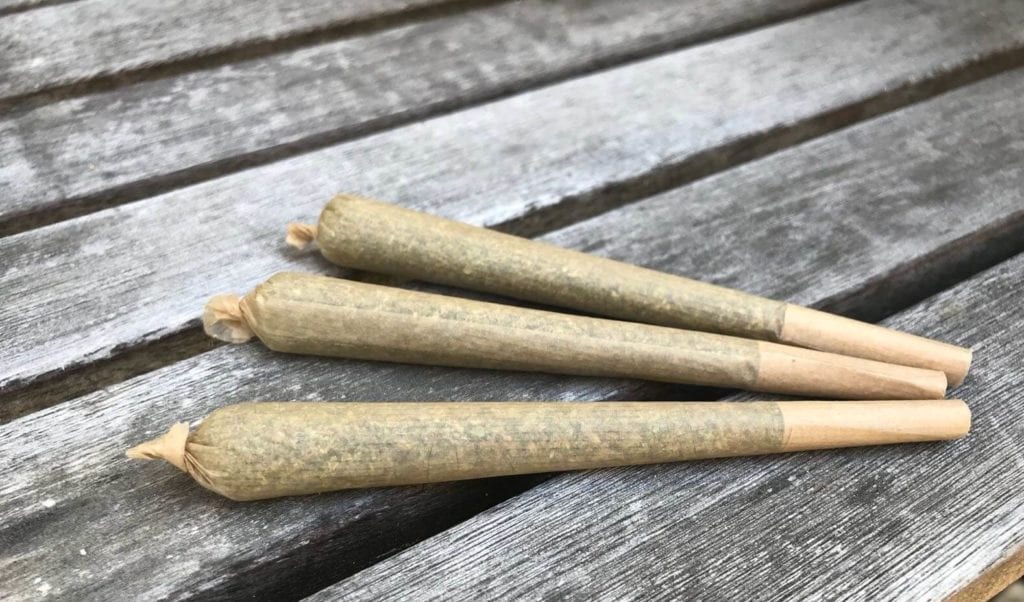
Pre-rolled cones are ideal for smoking pots because they have previously gotten rolled. Pre-rolled cones are a terrific method to enjoy cannabis for individuals who do not have any experience with hand-rolling or for individuals who suffer from joint pain in their hands.
Additionally, users can buy both cones and regular sheets to have a more holistic marijuana experience. Another reason for using cones is that they are also very tiny, making them easy to transport.
Pre-rolls come in various forms, sizes, and shapes, ranging from pre-rolled cones, raw papers, backwoods, cigarette-style pre-roll tubes, and more. However, the OCB Bamboo Pre-Rolled Cones stand out for various reasons that this article will explore later.
What are the Key Elements of Pre-Rolled Cones?
In purchasing pre-rolled cones, customers must consider a few key elements to ensure the best experience. These elements are as follows:
Pre-roll Sizes
It’s crucial to think about millimeters while calculating the size. Why? Simply because in the realm of pre-rolls, everything gets measured in millimeters. Thinking in terms of inches is not only impractical and inconvenient; it is straight-up painful. For example, how can one imagine bringing themself to picture a pre-rolled cone at 3/32 of an inch? Converting to decimals, is 0.11811 inches any better? Not really.
For convenience’s sake, it is best to just think in terms of millimeters. With that, Windy City Cigars’ OCB Bamboo Pre-Rolled Cones offer a four-size classification system to better aid customers get a grasp of what they intend to buy, such as the following:
- Mini: 70mm, can hold approximately 0.3 grams
- Small: 78mm, can hold about 0.375 grams
- 1 ¼: 84mm, can hold approximately 0.5 grams
- King: 109mm, can hold around 1 gram
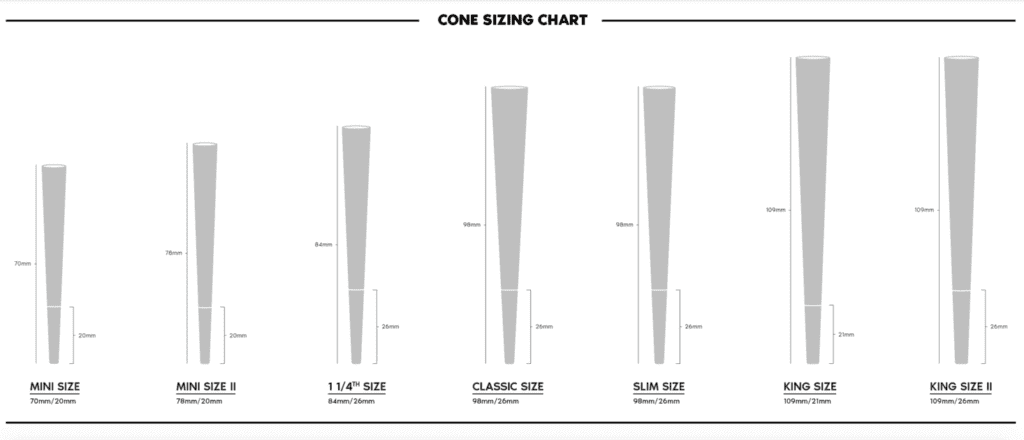
Pre-roll Filters
Generally, there are two types of pre-roll filters: crutches and acetate or cotton.
Crutches are often thick, rolled-up pieces of cardboard or cardstock. A crutch gets used in the majority of pre-roll products on the market. This crutch provides the most airflow possible. The disadvantage is that the smoke is strong because it does not pass through any filter, and users can sometimes swallow the flower through the crutch. Although these instances are not as common, the risk stands.
Filters made of acetate or cotton, on the other hand, are what one would typically find on a cigarette. Although some filters have a contour cut out to permit more airflow through the filter, this does little to assist mellow out the smoke. The advantage of a complete acetate or cotton filter is that it minimizes the intensity of the smoke and the tickling on the back of the throat, resulting in much less coughing.
Pre-roll Paper
Users can produce pre-rolls from a wide variety of materials.
- Raw: focuses on hemp as a paper source
- Elements: manufactured using rice and sugar as paper
- Backwoods: essentially a raw tobacco leaf
- Traditional Cigarette: made up of flax and wood pulp
All varieties of paper can be bleached (for white types) or unbleached (for brownish types). Each of these types of papers has advantages and disadvantages. Some have a greater flavor, some burn more smoothly, and some add tobacco or flavoring to add texture.
Pre-Roll Styles
In terms of style, the three most widely-known types are Blunts, Tubes, and Pre-Roll Cones.
Blunts

Blunts sometimes come from tobacco leaves, yet because it is illegal to sell tobacco with cannabis goods, the more commonly used material is industrial hemp, with cannabis testing below the federal legal limit of 0.3 percent set by the 2018 Farm Bill. Blunts are frequently flavored and scented with a range of flavors and aromas. Some individuals find it very enjoyable, while others find it too “perfumy.”
A crutch, a glass filter, or no filter at all are all possible options for blunts. Blunts can be loaded with as little as .75g of cannabis, although they can usually hold much more. Traditionally, they have a reputation for being devices for smoking a lot of cannabis.
Ultimately, blunts are a good option for people who do not want to mix nicotine and cannabis, do not want to add flavoring, and do not want to smoke a lot of cannabis in one sitting. However, for people who like getting exceptionally high, blunts may be the most likely fit.
Tubes
Traditional cigarette tubes are available in various sizes and filter kinds. Standard-sized cigarettes are around 80mm long and 8.1mm in diameter. On the other hand, king-sized cigarettes are a little longer, measuring 84mm long. Then there are the 100s, which are, as the name implies, 100mm long. Customers can choose between super slim (6.5mm) and ultra-thin (5.5mm) choices in addition to standard diameter. The length of these tubes is normally 80mm.
In terms of filters, acetate or cotton filters are common. Recently, a new trend of filters featuring shapes, such as stars and moons, has emerged, with the cutouts allowing for optimal airflow. Cutting crutches-like holes in the filter can result in an excessive amount of smoke with a little harshness.
Furthermore, normal tubes may hold about 7g of cannabis and still have some space at the top that looks to be empty.
Pre-roll Cones
Pre-roll cones, as previously said, are ready-made. When customers open a box, the cones are layered on top of one another, making it simple to load into a pre-roll filling machine. Windy City Cigars is a top, stand-out brand when it comes to pre-roll cones.
In addition, there is likely a crutch on every cone. Cones are distinct in that they occur in a variety of sizes. On the smaller side, 70mm lengths can stretch up to 280mm, or 11 inches in length. It can hold approximately 0.3 grams of weed. Furthermore, they have bigger cones that can reach 109mm, or 4.29 inches in length. It is big enough to hold a gram of weed.
Pros Of Pre Rolled Cones
Pre-rolled cones offer three distinct advantages and benefits.
They Are Good For Beginners
Pre-rolled cones are ideal for novices because they are ready to consume them right away. A newbie only needs to ground the flower and fill the cone, which is all there is to it. Moreover, there is no need to learn how to operate any complicated smoking equipment.
They Are Time-Efficient
Pre-rolled cones are also efficient because they do not require a large amount of time to use. Specifically, filling each pre-roll simply takes a few minutes, while hand-rolling joints could take much longer.
They Come In A Variety Of Sizes
Pre-rolled cones are available in a variety of sizes, in addition to being practical. As a result, individuals have various possibilities from which to pick, depending on individual preferences.
Cons Of Pre Rolled Cones
Cones, as useful as they are, have some disadvantages. Specifically, pre-rolled cones have two significant drawbacks.
They Can Be Pricey
Cones are infamously pricey, which is an unfortunate reality. This high cost is because they are pre-made, saving individuals the time and effort of preparing them. Top-shelf shake pre-rolls like Kashmir typically cost between $1.99 and $11.94 each, compared to less than $5 for a non-rolled joint.
Users Can Crush Them Easily
Another significant disadvantage of cones is that, due to their shape, they are easy to crush once removed from their packing. As a result, they must get handled with utmost caution. Other pre-rolls are flat and packaged in the same way.
In summation, pre-rolled cones offer a wealth of benefits and advantages, especially for newbies. However, they are not without some disadvantages. When it comes to smoking marijuana the first few times, it is a good idea to try and test both pre-rolls and other options to see which one is the most enjoyable and satisfying.
After all, there are a lot of choices with varying experiences. So, you don’t want to sell yourself short without experimenting with different opinions to see what works best for you.


